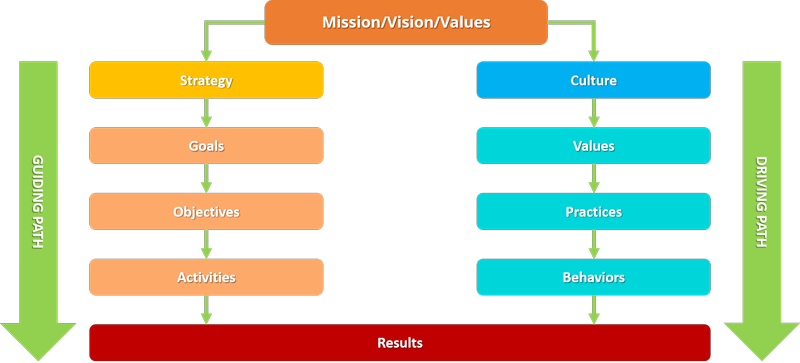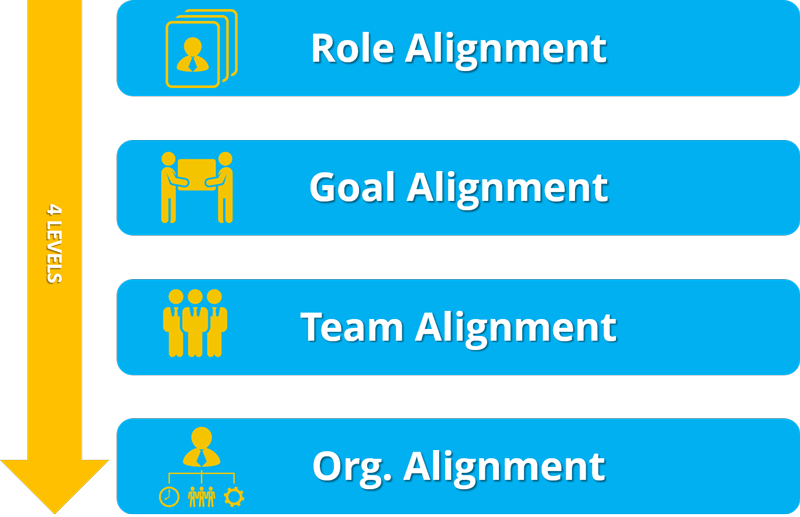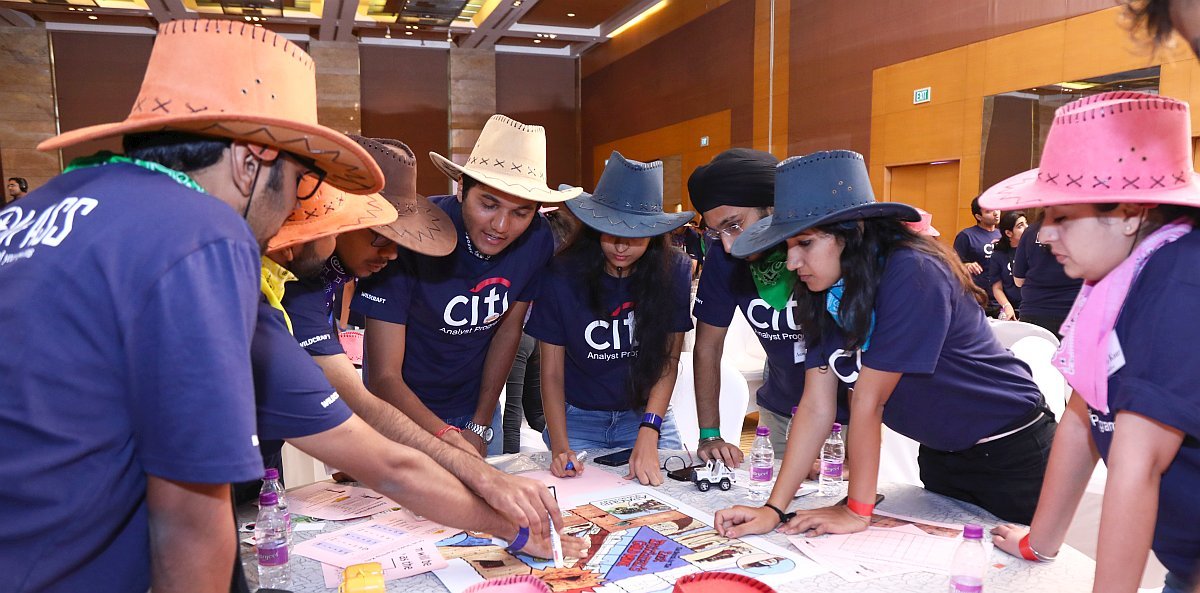[cherry_row]
[cherry_col size_md=”12″]
Aligning people and technology to your company’s goals is the key to get where you want to. This culture of organizational alignment helps the company work in sync with the ways that promise achievement of organizational goals and business sustainability.
Strategic alignment is the process by which you keep your workforce working towards your company’s principal goals. When organizational goals are set, active steps must be taken to guide employees on not only the what and how but also the whys of the business.
Core focus and consistency is key to success while shaping expected results in the arenas of strategy and culture. The great companies know how to tread the fine line and maintain an alignment through values, policies, practices, and strategies. The diagram below explores how Strategy and Culture play a crucial role in defining what needs to be done versus how it is normally done.

One of the most critical elements in implementing any strategy is translating it into reality. The way one executes the strategy speaks for its results. Managers must work towards having their workforce’s goals and actions – as well as that of their direct reports – in line with the overarching strategy. Once the idea is clear to them all, regular tracking can be done to ensure that your people are driving progress daily. An aligned team is a happy and engaged team. Unfortunately, this alignment doesn’t come naturally, and it takes planning, hard work and effective communication to get it right.
There are four levels of alignment to fast-track business success.

Role alignment:
Finding the right fit for the position is of critical importance. One cannot just keep filling up vacancies without cross-checking the incumbent’s competencies. The wrong hire can give an heavy pinch to your company’s coffers. One should test the applicant’s skills beforehand either through an assessment test, mock assignment or trial employment. Also, if you find the right candidate, do not stop at it. Provide timely training interventions to ensure the employees progress that shall gradually lead to the company’s success.
Goal alignment:
Employees come from different backgrounds and have different ways of achieving their goals. It is not natural for them to be able to accurately set and control specific, work goals that are aligned with those of the organization. Here, they need help from the organization to get them out of their comfort zone and align them to the company’s objectives. Organizations must to educate employees and impress upon them on how these joint efforts would lead to long-term mutual benefit. A good way would be to set up Quarterly Performance Alignment meets, set and adhere to Specific, Measurable, Attainable, Relevant and Timely (SMART) goals.
Team alignment:
It is difficult to get silos out of their comfort and place them in a team where everyone works together towards one goal. Setting expectations is one thing, but helping employees put certain action plans into practice to meet these expectations, is a completely different ball game as it involves patience and meticulous work from the manager’s standpoint. It takes a brilliant leader to form a team that believes and works towards these beliefs. Leader needs to help employees with a clear line of sight to help them focus on short-term as well as long-term goals. Hold weekly team meetings to discuss progress, ensure to keep this progress aligned to set expectations, put these goals up somewhere in the office for employees to see, learn and act daily. Give them a team mission with some perks at the end. This will motivate employees and help them take work seriously, but with some fun element added to it.
Organizational Alignment:
Once the employees are aligned to their role, company goals and team, they are required to go beyond themselves towards an organization at large. This is the fourth level of employment alignment, where an employee truly embraces the company mission and vision as their own. Usually, it takes years of experience with a company to reach a level where employees can see the bigger picture and understand how their work goals contribute to the overall company vision. These goals should be inspiring and universal enough to relate with most employees.
Such an alignment of employees with the organization is a critical task for the leaders to consider, especially in this current fast-paced, complex, and constantly changing environment.
While Organizational Alignment is one of the most vital determinants of efficiency and success, it is not always obvious to employees and distant teams. Our Business Simulation, The Search for the Lost Dutchman’s Gold Mine helps teams realize how this key element can get things done faster, with less effort, and with better results, and is more agile and responsive to changing business conditions. Here is a video of the Dutchman that showcases its effectiveness in the areas of Strategy, Implementation, Risk taking, Decision making, Trust on leadership and Collaboration
If you want to encourage better organizational alignment, employee engagement and motivate teams to deliver their best, connect with us at solomons@simurise.com.
[/cherry_col]
[/cherry_row]




